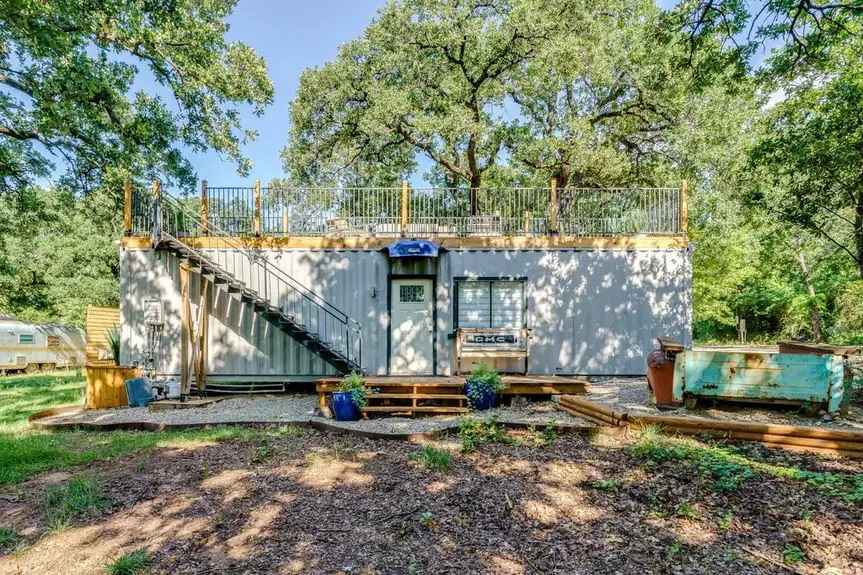Modular container homes and conventional houses exhibit significant differences in construction and design. Modular container homes represent a novel architectural form with many distinctive features and advantages compared to traditional dwellings. Below, we will elaborate on the distinctions between modular container homes and traditional houses.
Structure and materials: Modular container homes typically utilize steel structures and modern building materials like prefabricated concrete. In contrast, traditional houses often employ brick and timber structures or concrete bricks. This disparity in structure and materials renders modular container homes more lightweight, robust, and durable.
Construction methods: Modular container homes are usually constructed through factory prefabrication and on-site assembly, resulting in shorter construction periods and environmental friendliness. Conversely, traditional houses rely on on-site masonry and construction, leading to longer construction durations and susceptibility to weather and other external factors.
Flexibility: Modular container homes offer higher flexibility, allowing for easy assembly, disassembly, and adjustment of spatial configurations as needed. Traditional houses, in comparison, have relatively fixed structures, requiring significant costs and time for spatial alterations.
Energy efficiency and sustainability: Due to the adoption of modern building materials and construction techniques, modular container homes boast superior insulation, thermal retention, and energy efficiency. In contrast, traditional houses often exhibit lower performance in these aspects.
Cost: Although the initial investment in modular container homes may be higher, their overall costs tend to be more economical due to shorter construction periods, material savings, and lower maintenance expenses. Traditional houses, on the other hand, entail higher labor and time costs, resulting in relatively higher overall expenses.
In summary, modular container homes and traditional houses differ significantly in structure, construction methods, flexibility, energy efficiency, sustainability, and cost. With the continuous advancement of modern construction technologies, modular container homes are gradually gaining more attention and favor as a novel architectural form.
